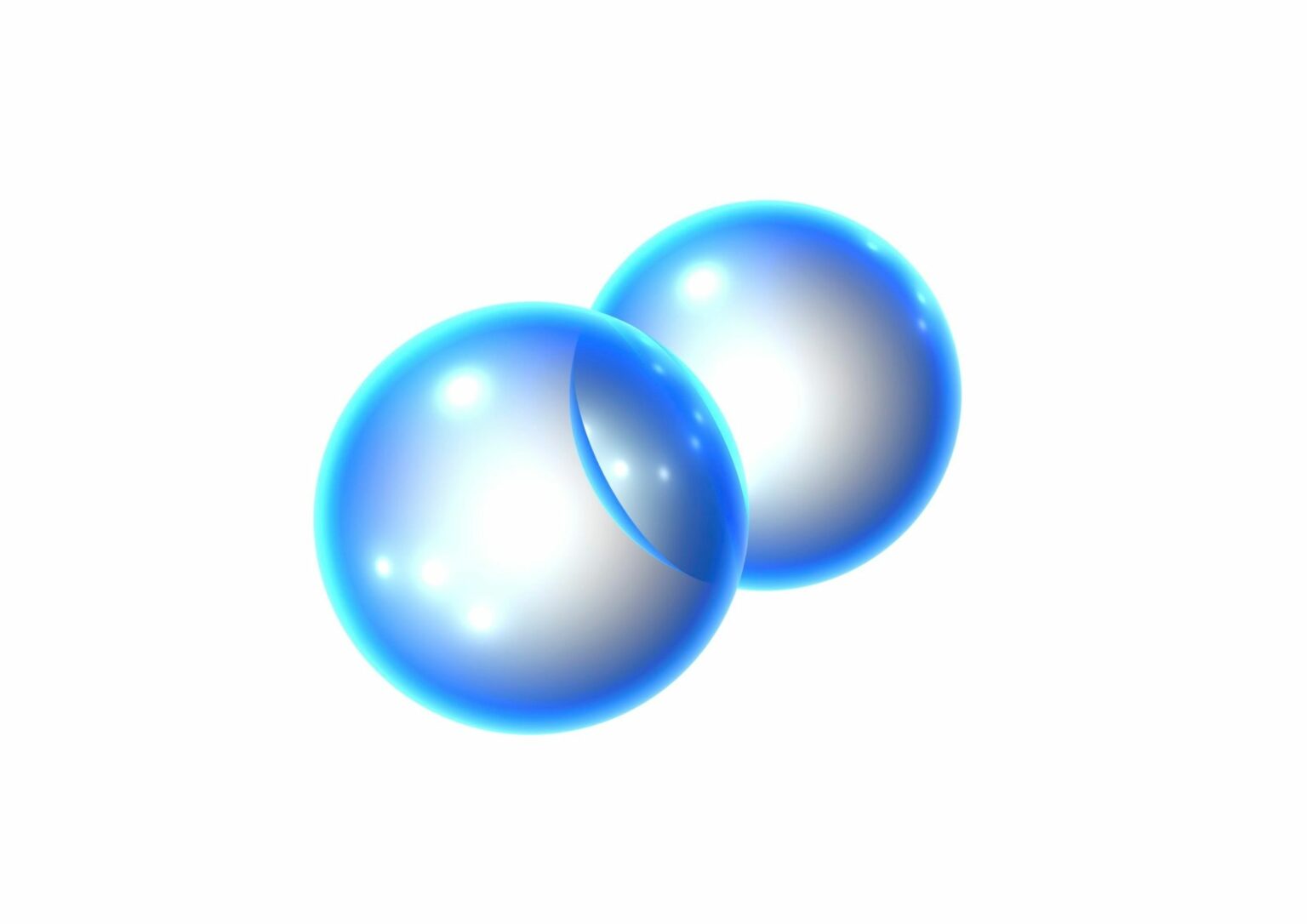Fuel cell technology is advancing swiftly, yet a comprehensive optimization strategy remains elusive. In the case of Proton Exchange Membrane Fuel Cells (PEMFCs), the reliance on auxiliary systems and their accompanying parasitic power consumption is a critical area of improvement.
With the potential to serve in various industrial sectors such as power generation and transportation, the stakes for enhancing PEMFC efficiency through material-energy co-management are high.
In a study recently published in the International Journal of Hydrogen Energy, researchers delved into the multistage utilization of waste heat in PEMFCs, highlighting an innovative approach to managing the auxiliary systems’ energy demands. This approach stands against conventional electric heater-based methods, proposing instead that intelligent waste heat management could facilitate a significant boost in system efficiency. Notably, it reported an increase in efficiency from a modest 39.4% to a more substantial 55.2% at a current density of 0.8 A/cm^2.
The magnitude of parasitic power consumption in PEMFCs cannot be overstated. Approximately 70% of this power is consumed by intake preheating and humidification processes. This represents a considerable barrier to efficiency that must be addressed if PEMFCs are to meet their full potential. Data from the study underscore the need for an optimal match among intake gas conditions, exhaust gas recycling, and waste heat recovery systems — elements that play pivotal roles in effective energy distribution.
While previous works have examined various strategies — from power distribution in multi-stack systems to hydrogen recovery loops and novel gas supply configurations — the material-energy co-management strategy presents a paradigm shift in PEMFC efficiency optimization. This strategy recognizes that isolated system improvements may fall short unless effectively integrated with auxiliary system operations.
The intricate relationship between these auxiliary systems and the overall energy efficiency of PEMFCs suggests that operating conditions — such as intake pressure, humidity levels, and temperature — must be meticulously managed. The study advocates for an intake pressure of 160 kPa, a gas humidity of 60%, and an operating temperature of 80°C to maximize efficiency.
Although cogeneration systems have been implemented in stationary power plants to capitalize on waste heat, these solutions are impractical for transportation applications due to their size. Nonetheless, the principles of cogeneration could inform more compact systems tailored for vehicular use.
Stay updated on the latest in energy! Follow us on LinkedIn, Facebook, and X for real-time news and insights. Don’t miss out on exclusive interviews and webinars—subscribe to our YouTube channel today! Join our community and be part of the conversation shaping the future of energy.
